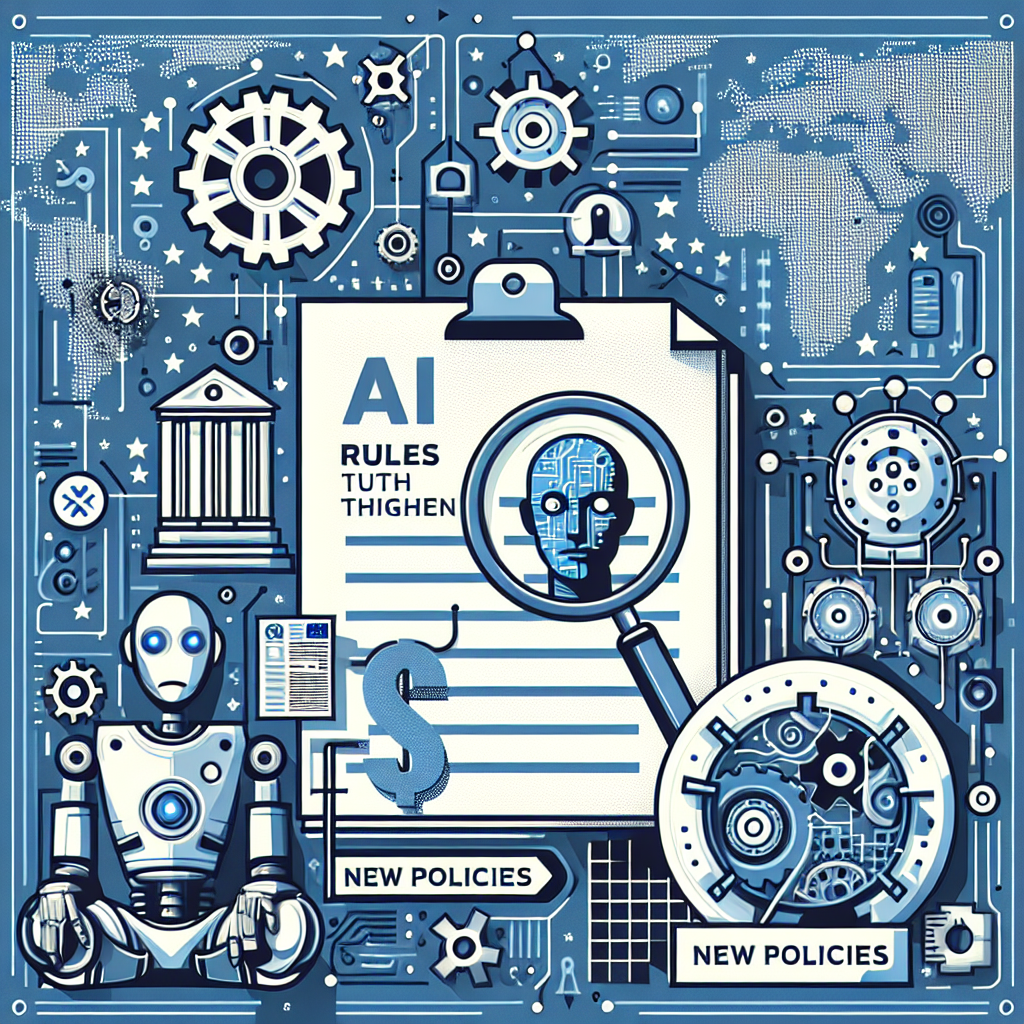Europe’s AI Law Kicks In: What Changes Now
Europe’s landmark AI rules begin to take effect
Europe’s Artificial Intelligence Act is moving from text to practice. Adopted in 2024 after years of negotiation, the law is now starting to apply in phases. It is designed to shape how AI is built and used across the European Union’s 27 countries. Officials call it a risk-based rulebook for one of the most powerful technologies of the era. The European Parliament has described it as the “world’s first comprehensive AI law.”
The law’s rollout is staggered. Some prohibitions and transparency duties apply first. More complex requirements for high-risk systems will follow over the next few years. Companies that sell or deploy AI in Europe are adjusting. Regulators are building capacity, publishing guidance, and setting up new oversight structures.
How the AI Act works
The Act sorts AI systems into categories of risk. The higher the risk, the stronger the obligations. That structure anchors the law:
- Unacceptable risk: Certain uses are banned outright. These include practices that threaten fundamental rights or safety. The law also places tight limits on biometric identification by public authorities, with narrow exceptions.
- High risk: AI used in sensitive areas faces strict controls. Examples include critical infrastructure, education, employment, essential services, law enforcement, and medical devices. These systems require rigorous data governance, human oversight, documentation, testing, and post-market monitoring.
- Limited risk: Transparency obligations apply. For example, users should be told when they interact with an AI system (such as a customer-service chatbot) and when content has been generated or altered by AI.
- Minimal risk: Most AI uses face no new legal duties but are still encouraged to follow best practices.
The Act also covers general-purpose AI (GPAI), including large generative models. Providers of GPAI must share technical documentation, support downstream compliance, and, for the most powerful systems, conduct model evaluations and report serious incidents. The aim is to reduce systemic risks without freezing innovation.
What changes now for companies
Early obligations focus on transparency and guardrails that can be implemented quickly. Organizations building or using AI in the EU are starting to:
- Disclose AI interactions: Make it clear when users are dealing with a machine rather than a person.
- Label AI-generated content: Notify when images, audio, or text have been created or manipulated by AI, helping to combat deepfakes and misinformation.
- Map systems to risk tiers: Inventory AI tools, assess intended use, and classify them against the law’s risk categories.
- Strengthen data and testing: For high-risk systems, improve data quality controls, bias testing, robustness checks, and logging.
- Build oversight into workflows: Assign human-in-the-loop checkpoints, escalate edge cases, and set up incident reporting.
- Update contracts: Adjust supplier and customer agreements to clarify responsibilities, especially for GPAI components and downstream uses.
Penalties scale with the severity of violations. Fines can reach the higher of significant fixed amounts or a percentage of global turnover, depending on the breach type. National authorities will supervise compliance, while a new EU AI Office within the European Commission will coordinate enforcement and oversee general-purpose models.
Why the EU is doing this
EU lawmakers argue that clear rules will build trust and unlock adoption. They point to a familiar principle from product safety law: set standards early, then let the market compete. Supporters say the law balances innovation with civil-liberty protections. Critics warn it could raise costs for startups and slow deployment. The Act includes measures to support small firms and researchers, along with limited exemptions for open-source components in certain conditions.
The AI Act draws on earlier digital rules. It complements the GDPR on data protection and interacts with product-safety and consumer laws. It also aligns with international principles. The OECD’s 2019 AI recommendations and the G7’s work on code-of-conduct frameworks show a common push for transparency, robustness, and accountability.
Global context and the push for safety
The EU is not alone. The United States has focused on guidance and voluntary standards so far. The National Institute of Standards and Technology (NIST) released its AI Risk Management Framework in 2023. It identifies seven characteristics of trustworthy AI: “valid and reliable; safe; secure and resilient; accountable and transparent; explainable and interpretable; privacy-enhanced; and fair with harmful bias managed.” Those goals mirror many requirements that European regulators are now enforcing.
Sector regulators are also weighing in. In health, the World Health Organization urged care. In a 2023 statement on large language models, WHO said that “caution should be exercised when using LLMs in healthcare.” Medical agencies have increased scrutiny of AI-enabled tools, while researchers test guardrails against hallucinations and bias.
Governments are working together as risks scale. The 2023 UK AI Safety Summit led to the Bletchley Declaration, with countries agreeing to cooperate on frontier-model safety and evaluations. The EU’s new AI Office is part of that emerging network. It will work with national bodies, standards organizations, and foreign regulators.
What experts and industry watchers say
Legal analysts note that the risk-based design makes the law adaptable. It sets performance targets, then links them to standards that can be updated as technology evolves. Industry groups ask for practical guidance and harmonized enforcement to avoid fragmented rules across member states.
Civil-society advocates welcome bans on the most intrusive uses. They argue that the law protects fundamental rights, especially for workers, students, and vulnerable groups. At the same time, they call for transparent audits and meaningful redress when systems cause harm.
Developers of general-purpose models face new expectations. They will be asked to document training practices, support safety testing, and disclose known limitations. Some have already launched red-teaming programs and model cards. Others are pushing for shared evaluation suites, watermarking research, and stronger incident reporting pipelines.
What to watch next
- Standards and guidance: European standards bodies are drafting technical norms. These will translate legal duties into testable criteria for data quality, robustness, and human oversight.
- Timelines: More provisions will apply over the next one to three years. High-risk obligations are among the most complex and will phase in later.
- GPAI oversight: Expect more detail on how systemic risk is assessed for large models and how evaluations will be run.
- Enforcement posture: Early cases will set precedents. Authorities may prioritize egregious violations and systemic risks.
- Interplay with other laws: Companies must align AI compliance with GDPR, consumer protection rules, product liability updates, and sector-specific regulations.
The stakes are high. Europe has more than 450 million consumers and a deep industrial base. Its rules influence global supply chains and product design. Even companies outside the EU may choose to align rather than build separate versions for a single market.
The political message is clear. The EU wants safe innovation, credible safeguards, and cross-border consistency. The law’s success will depend on execution: usable standards, consistent enforcement, and cooperation with industry and researchers. If those pieces come together, the AI Act could become a template for how to govern powerful, fast-moving technology—without stopping it in its tracks.

























































































































































































































































































